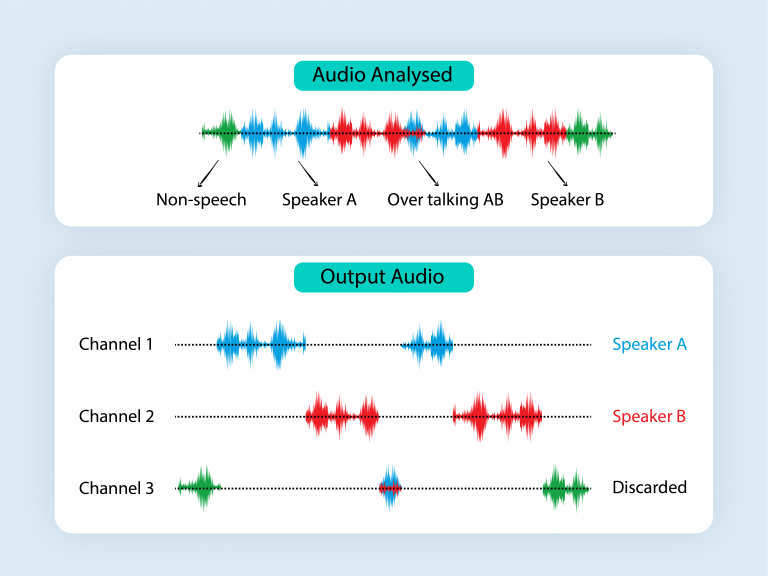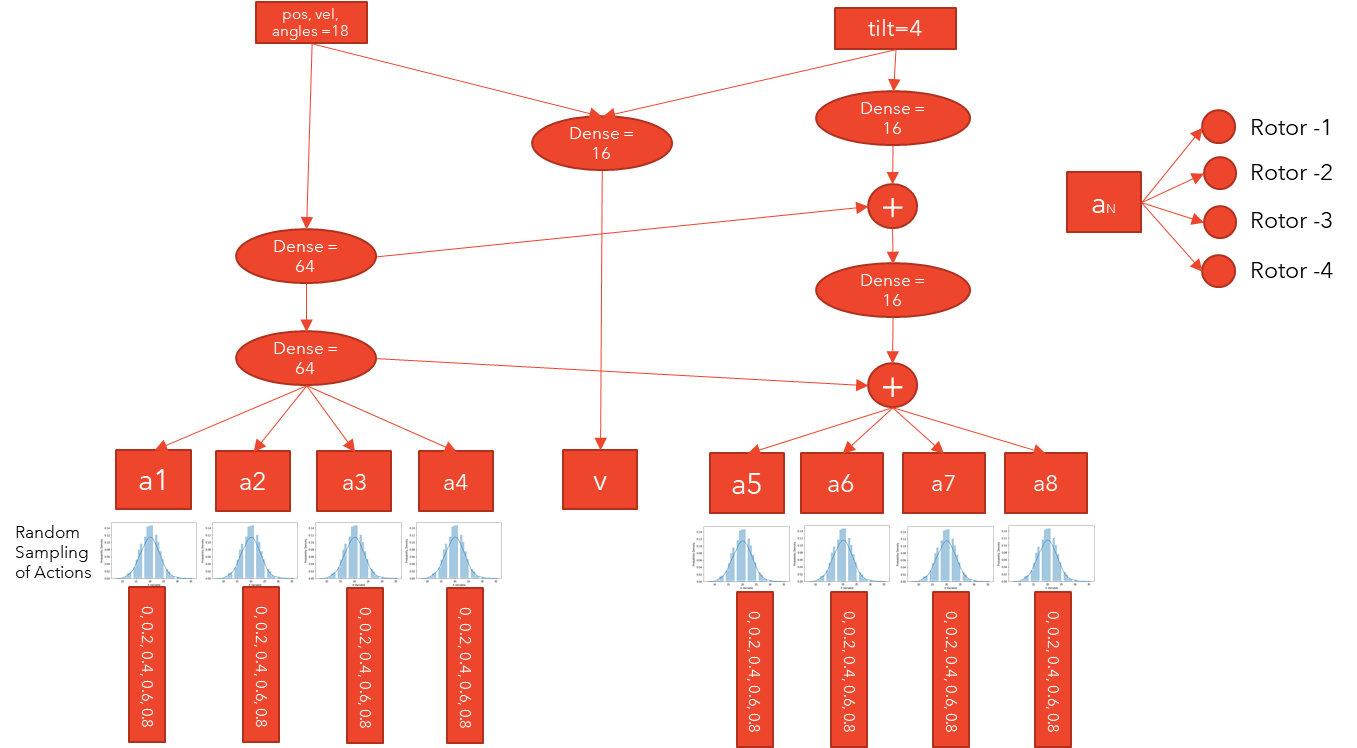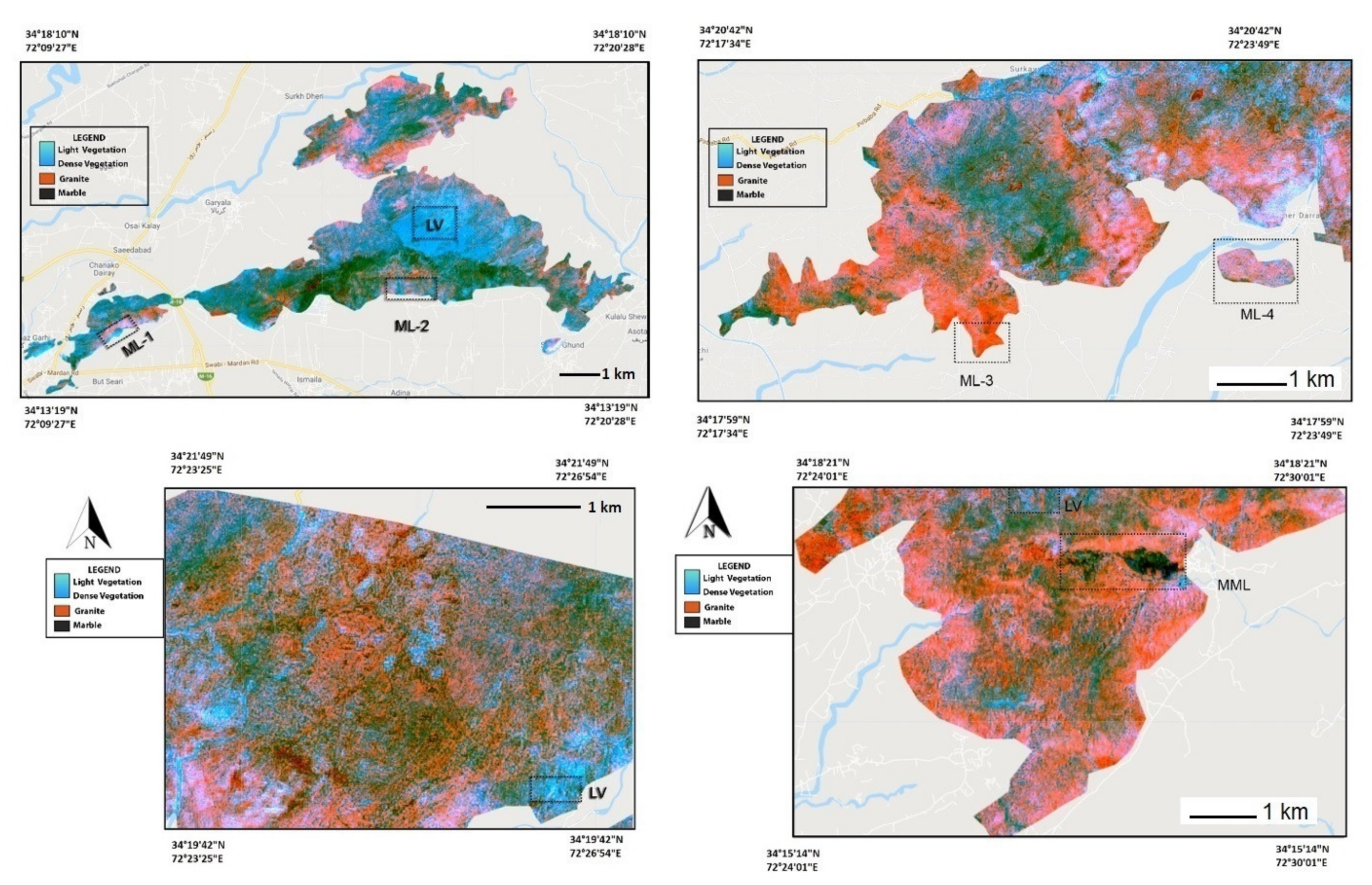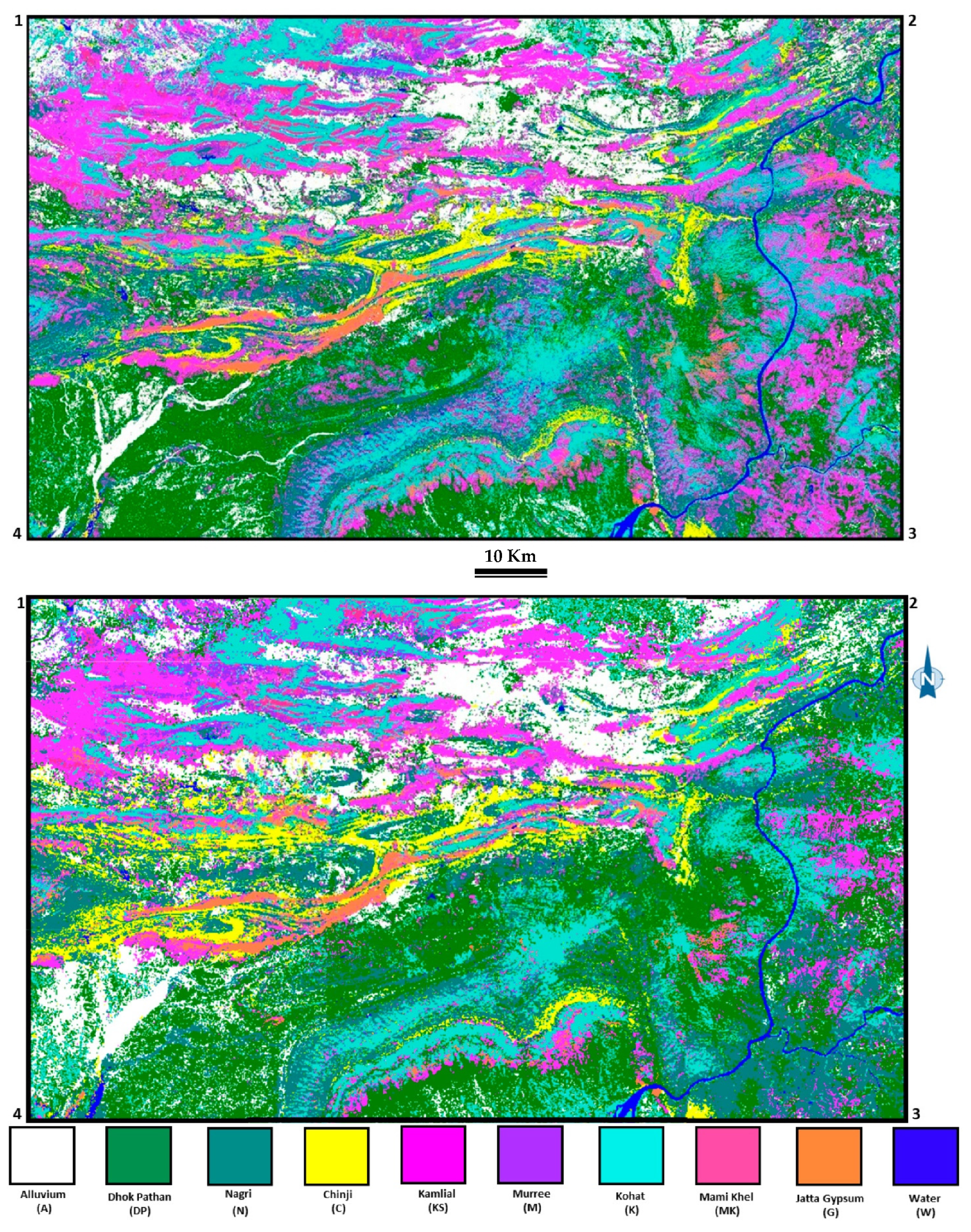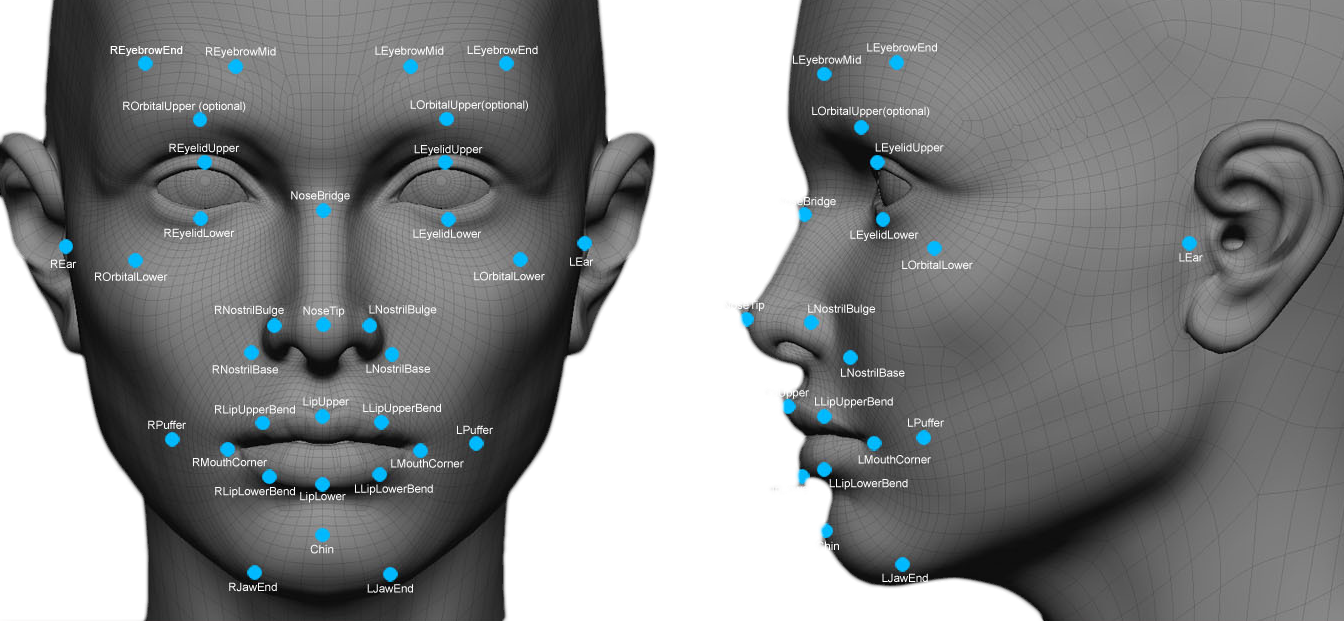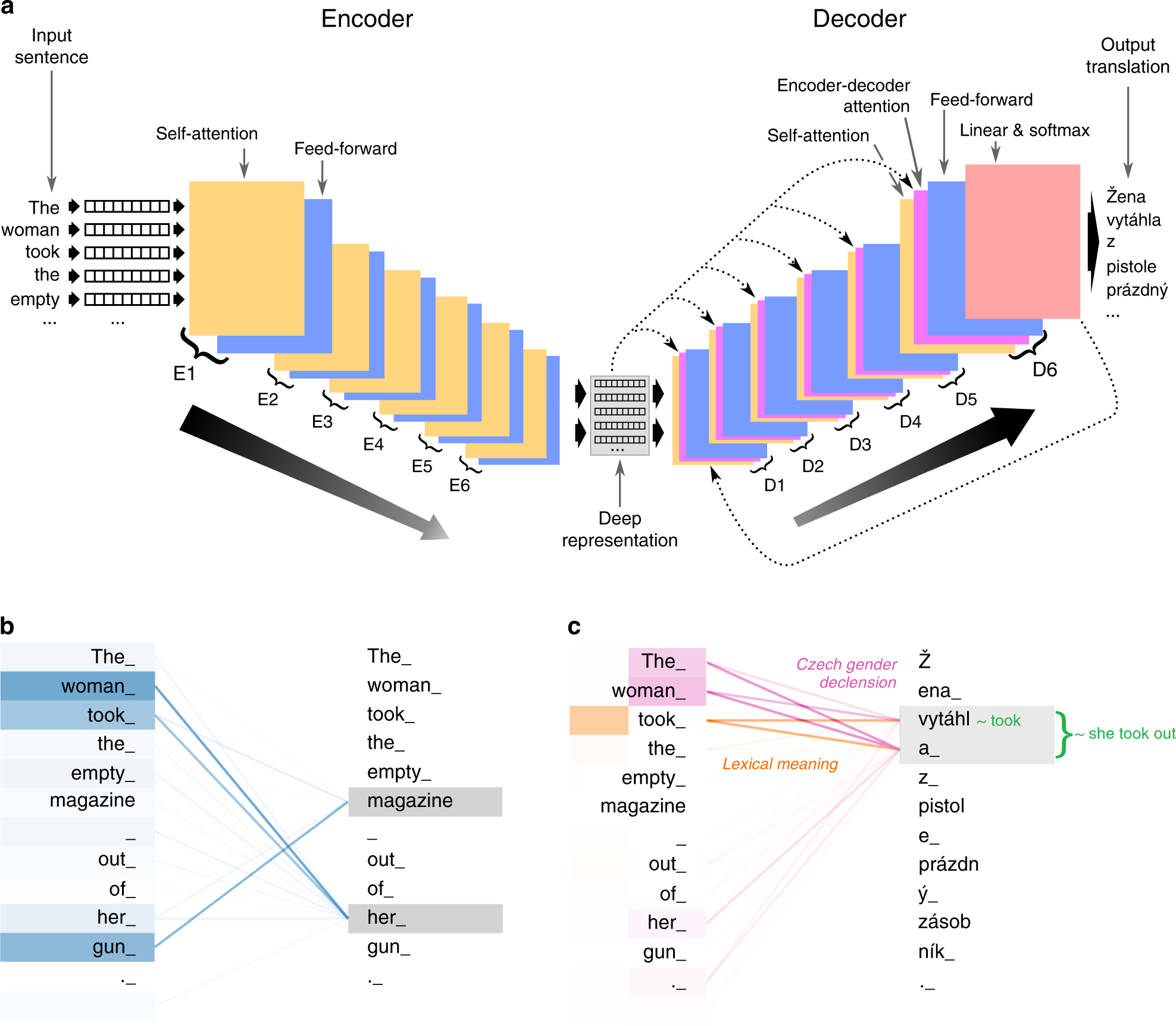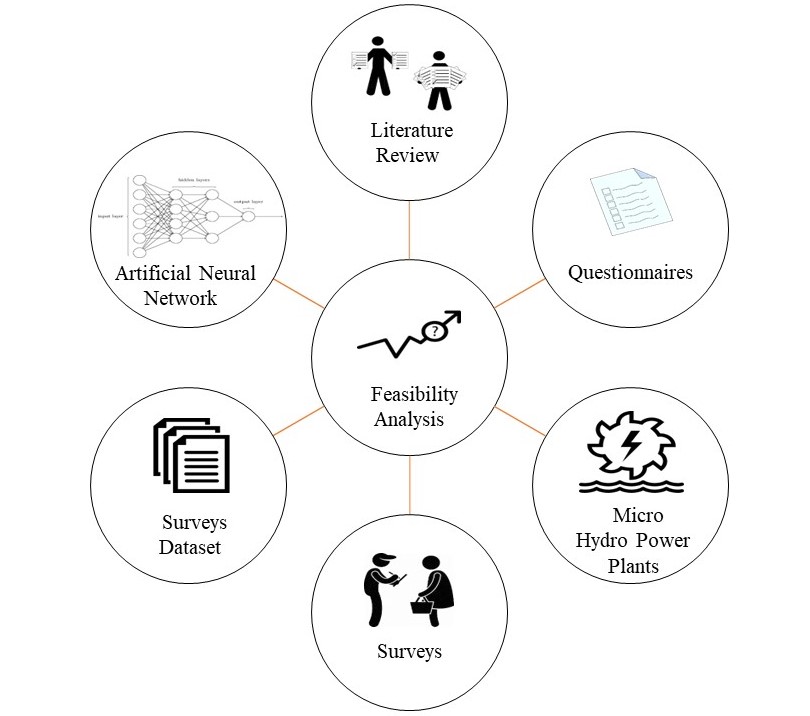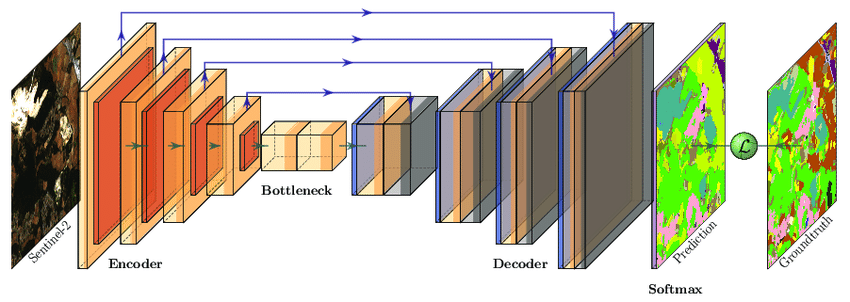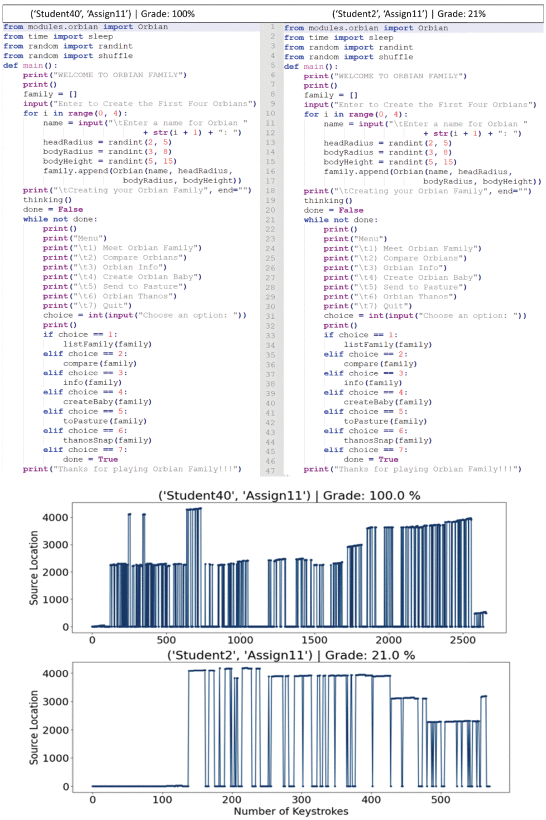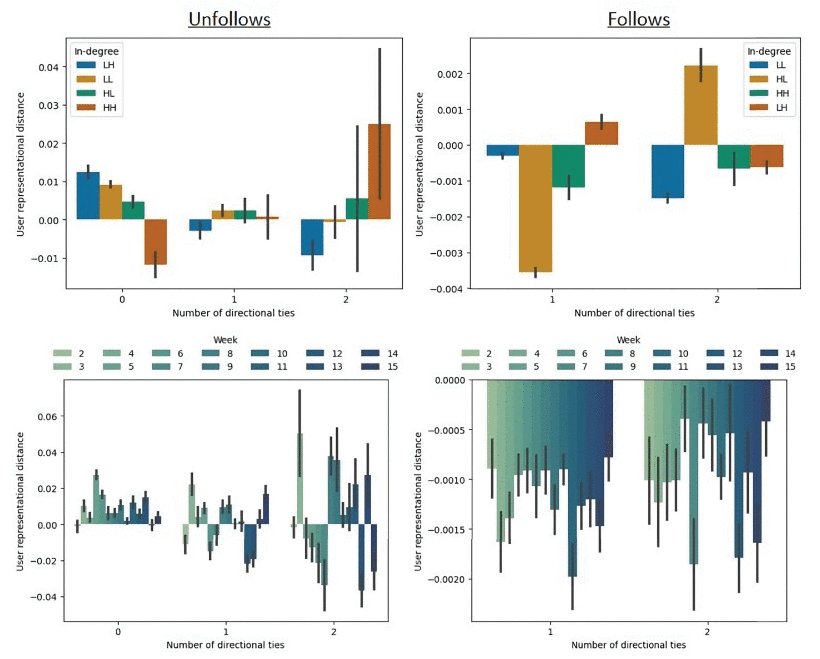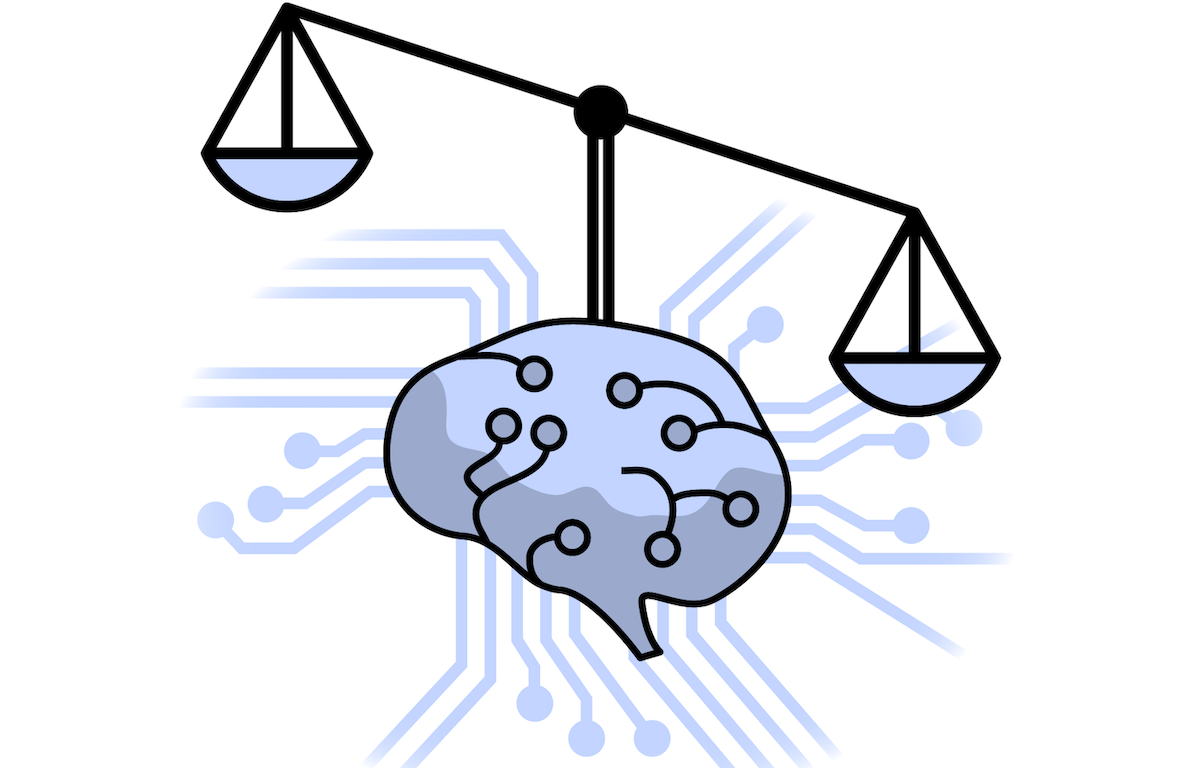2021 - Present
Graduate Research & Teaching Assistant
Utah State University, Logan, Utah,
U.S
• As a Graduate Teaching Assistant, I have assisted professors in
conducting lectures, graded
course materials, provided assistance to students, and managed coursework on Canvas.
• As a Graduate Research Assistant, I have conducted research in the areas of
Fairness
in
AI, AI in Education, and Social Media Mining under the supervision of Professor Hamid
Karimi.
I am working at the Data Science and
Applications Lab under the supervision of Prof. Hamid Karimi.
Skills: Statistical Modeling · Scientific Research
· Pattern Recognition · Data Science · Artificial Intelligence (AI) · Data Analysis ·
Machine
Learning · Research and Development (R&D) · Teamwork · Deep Learning · Time Series
Analysis · Identifying New Opportunities · Scripting · Statistical Analysis · Diverse
Groups Of People · Design of Experiments (DOE) · Project Management · Python
(Programming Language) · Team Leadership
2019 - 2021
Research Associate
National Center of Artificial Intelligence, University of
Engineering & Technology
Peshawar, Pakistan
Performing data mining on satellite spectral image data through
cloud-based computing is my primary job. My job included undertaking various tasks such
as data
collection, annotation, pipelining, pattern recognition, object detection, and
segmentation, among others. These activities have diverse applications in fields such as
environmental monitoring, land cover and land use classification, and geological
exploration. Copernicus
Article on my research
2018 - 2019
Project Engineer
U.S-Pakistan Center for Advanced Studies in Energy, Peshawar,
Pakistan
As a project engineer specializing in machine learning and data
analysis,
my primary responsibilities included:
-
• Developing and implementing machine learning techniques to monitor and forecast
the
health of aircraft hydraulic systems. This would involve analyzing data from various
sensors and sources to detect anomalies and predict system failures.
-
• Conducting data analysis for wind farms to detect anomalies and optimize
performance.
This would involve working with large datasets, developing algorithms and models to
detect patterns and trends, and using statistical tools to identify potential issues
before they become critical.

